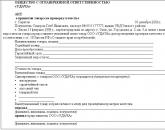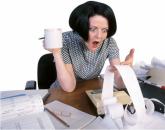Tip 1: How to calculate depreciation
Instruction
Depreciation deductions are usually calculated if the book value of the object exceeds 10,000 rubles. - the cost of acquiring an object and the costs of bringing it to a working condition, minus refundable taxes, such as VAT. The calculation of depreciation deductions for fixed assets starts from the first month following the month of their acquisition.
Depending on the expected service life (from 1 year and over 30 years), fixed assets are classified into 10 fixed assets. The specific service life of certain equipment, based on the classification data, is set by the enterprise independently.
A distinction is made between linear and non-linear depreciation. The second method is not used because of the greater complexity, therefore, for accounting purposes, only the linear method is used. The non-linear method can only be used in .
Depreciation by the straight-line method is calculated using the formula: K = (1/n)*100, where K is the monthly depreciation percentage, n is the useful life of fixed assets in months.
Example: you need depreciation deductions for a metal-cutting machine worth 140 thousand rubles purchased in July. According to the classification of fixed assets, a metal-cutting machine belongs to group 5 with a service life of 7 years 1 month to 10 years inclusive. The entity has set a useful life of 9 years (9 * 12 = 108 months).
Determine the monthly depreciation rate. It is equal to 0.93% (1/108 * 100).
Thus, monthly depreciation deductions for a metal-cutting machine, starting from August, will amount to 1,302 rubles (140,000 * 0.93%).
In the non-linear calculation of depreciation, the formula K \u003d (2 / n) * 100 is used.
At the same time, in the first month of operation, they are calculated from the balance sheet value of the equipment, and in all subsequent months - from the residual value of the equipment, i.e. minus estimated depreciation.
Example: calculating the depreciation of a laptop worth 36,000 rubles purchased in January using a non-linear method. It belongs to the 3rd group according to the classification of fixed assets. Service life is from 3 years 1 month to 5 years inclusive. The entity has set a useful life of 5 years (60 months).
The depreciation rate will be 3.33% (2 / 60 * 100). In February, depreciation deductions will amount to 1,200 rubles (36,000 * 3.33%). In March it will be 1158 rubles. 84 kop. (36000-1200)*3.33%. In April - 1120 rubles. 25 kop. (34800-1158.84)*3.33%.
Depreciation in this way until the residual value of the laptop decreases 8000 rubles. Then it is written off in equal installments, starting from the month following the month in which the residual value became no more than 8,000 rubles.
Let's say that in October the residual value became equal to 7890 rubles, and 6 months remained before the end of the useful life. In this case, monthly depreciation charges, starting from November and until the moment of fixed assets, will amount to 1315 rubles (7890/6).
Sources:
- how to calculate equipment depreciation
Under wear and tear equipment imply a loss of cost and performance. It can occur due to many reasons: aging equipment, loss of its competitiveness, etc. At the moment, using the latest technology, it is possible to achieve success in the fight against wear and tear thus prolonging the service life equipment, but still this problem remains very relevant.
Instruction
Describe and classify equipment. This work is the most difficult and time-consuming. It requires time and considerable effort, since it is rather difficult to use existing databases, for example, accounting accounts, since they were compiled according to completely different principles, i.e. there is no description hierarchy, there is no binding to technical places, etc.
Inspect the equipment "live", although this leads to time costs. This is necessary, since during the reconstruction and modernization of its technological scheme, device, etc., it changed. Such changes did not always fit into the technical documentation and passport, or they are lost. Thus, in practice, it is not enough to use only technological and passports equipment. The only way to solve this problem is to describe equipment and its overhaul.
Define a hierarchy equipment, i.e. divide it into main, auxiliary, etc. The topmost step must correspond to technological objects (elements of the technological chain) that carry out the production of products. Individual units follow. equipment, and then the nodes and assemblies of which they are composed.
Determine wear equipment: describe and classify the equipment of the technological chain of the workshop; develop the main indicators that characterize the state of the unit's productive capabilities equipment; determine the weights that are required to calculate the integral wear rate of the unit equipment(determined by expert assessment); determine the current values of the main indicators and compare them with the reference values; carry out the calculation of wear on the same type equipment (equipment where the same products or technological operations are produced); calculate the wear of the technological chain, which is based on data on actual wear by groups equipment.
note
It should be noted that the method still has a number of disadvantages: the high complexity of implementation and the maintenance of up-to-date databases by types of equipment, the normal functioning of the system for tracking physical wear and tear on these principles is almost impossible without an information system, erroneous conclusions are possible when determining the physical condition of various groups equipment.
Sources:
- Depreciation of equipment
Fixed assets are one of the most important components of a company's assets. During operation, they wear out and there is a need for write-off, as the initial cost of fixed assets decreases.
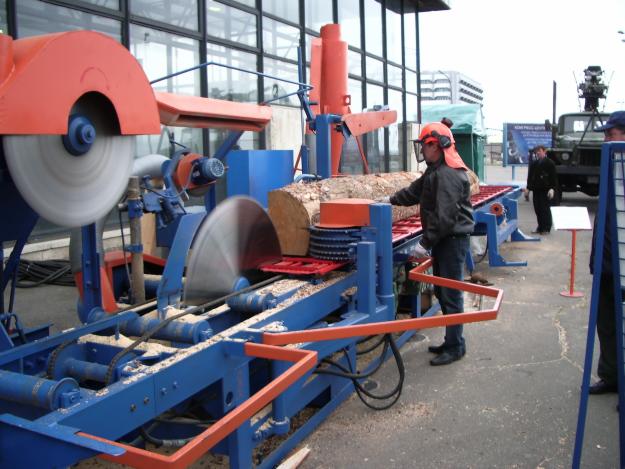
Instruction
As a rule, depreciation is charged on property worth from 10 thousand rubles. and above, the term of which is more than a year. At the same time, the object is taken into account - the amount of all expenses that the organization incurred for its acquisition, delivery and bringing into working condition (except for VAT and other reimbursable taxes).
Depreciation is calculated using a straight-line and non-linear method. In the first case, calculations are made according to the formula K=100/n, where K is the depreciation rate ( ), and n is the useful life of the object. For those using the non-linear approach, the 100 in the formula is replaced by 200, i.e. looks like this - K=200/n.
Both methods can be used in tax accounting. Accountants should only use the straight-line approach, as the second for them will be much more difficult.
For example, let's calculate depreciation for a plastic processing machine. The organization acquired it in January for 135 thousand rubles. According to the classification, such a machine belongs to the fifth group, which provides for a useful life of 7 years and one month to 10 years inclusive. The company decided that the equipment would last 8 years (96 months). The depreciation rate in this case (using a straight-line approach) will be 1.04% (K= 100/96=1.04). Multiply the cost of the machine by the depreciation rate? 135000 * 1.04 / 100 \u003d 1404 rubles. Thus, we get the amount that should be written off every month.
We use the non-linear method in this case. Then the depreciation rate will be 2.08% (K= 200/96=2.08%). In February, the amount of deductions will be 2808 rubles, and in March the cost of the object (13500–2808 = 132192). Means, deductions in March will already be calculated from the price of 132,192 rubles. and will be 2750.
Sources:
- Calculation of depreciation in small business (methods)
- calculate depreciation expense
Property accepted for accounting at the enterprise is subject to. The exception is non-depreciable property, which includes objects of nature management, construction in progress, current facilities etc. There are several ways to calculate depreciation. Each of them is based on the useful life of the objects.
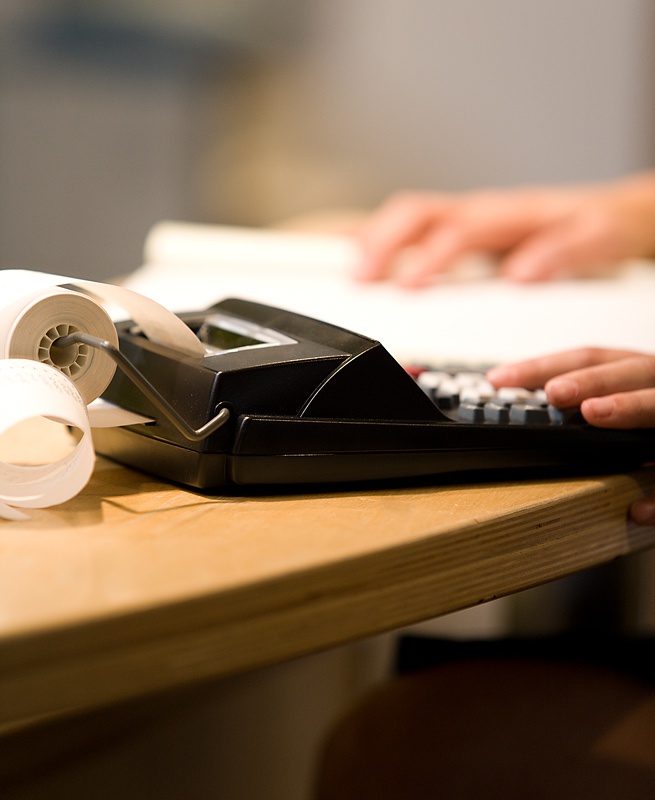
Instruction
The useful life is determined in accordance with the classification of property, plant and equipment. In it, all property is divided into 10 groups. Each of them has its own useful life, i.e. the period during which the property is able to generate income for the enterprise and serve the purposes of its activities.
Depreciation can be calculated using the straight-line method. In this case, its annual amount is determined based on the initial cost of the fixed asset and the rate calculated on the basis of the useful life. Suppose an organization purchased an item of fixed assets worth 100,000 rubles. Its useful life is 5 years, which means the depreciation rate is 20%. Therefore, the annual depreciation amount will be 20,000 rubles. (100,000*20%).
When calculating depreciation using the reducing balance method, its annual amount is determined based on the residual value of the fixed asset at the beginning of the reporting period, the depreciation rate and the acceleration factor. The latter is established by legislation for each type of property. For example, an enterprise purchased equipment worth 100,000 rubles. Useful life is 5 years. The depreciation rate is 20%, but it will be increased to 40%, since the acceleration factor is 2. Therefore, for the first year of operation of the equipment it will be 40,000 rubles. In the second year, it will be 40% of the residual, i.e. 24 000 rub. (60,000*40%), etc.
Another way to calculate depreciation is by the sum of the number of years of useful life. In this case, the amount of depreciation for the year is determined based on the initial cost of the property and the ratio, the numerator of which will be the number of years remaining until the end of the object, and the denominator - the sum of the numbers of years. For example, an enterprise purchased property worth 100,000 rubles. Its useful life is 5 years. The sum of the numbers of years will be 15 (5+4+3+2+1). Accordingly, for the first year, depreciation will amount to 33,333.33 rubles. (100,000 * 5/15), in the second year 26,666.67 rubles. (100,000*4/15), etc.
With the method of calculating depreciation in proportion to the volume of products produced, accrual is carried out based on natural indicators and the ratio of the estimated volume of products produced over the useful life. For example, an enterprise purchased a car worth 200,000 rubles. Estimated mileage for the entire useful life of 500 thousand km. During the first year, the car drove 10 thousand km. Therefore, the annual depreciation amount will be 4,000 rubles. (10/500*200,000).
Accelerated depreciation is a method in which the value of fixed assets is transferred at a faster rate than traditional depreciation methods by artificially reducing the useful life of assets and increasing the rate of deductions.
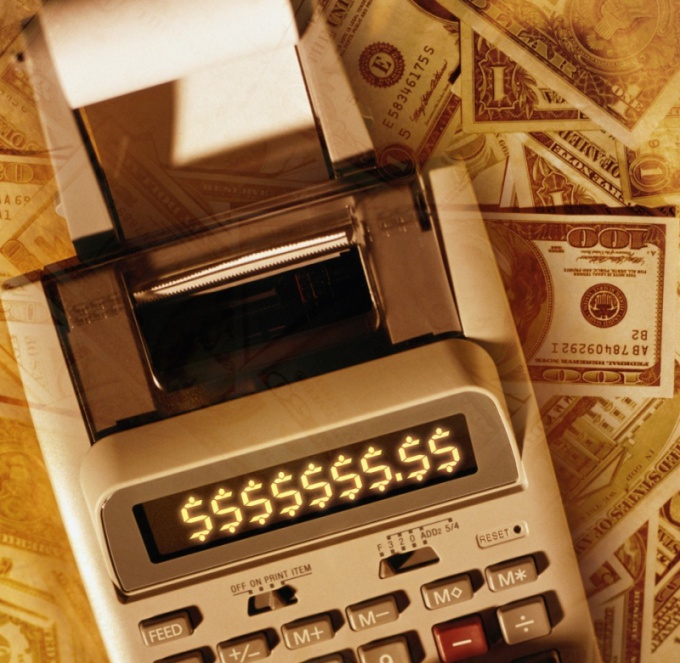
Instruction
The use of such depreciation allows you to accelerate the write-off of the value of property to the cost of production, resulting in the taxable profit of the enterprise. The advantages of this method of depreciation include the rapid reimbursement of most of the costs in a shorter period of time. However, the application of this method leads to an unreasonable overestimation of the cost of production, and consequently, the selling price.
In Russian accounting practice, accelerated depreciation is not widely used. For fixed assets that operate in an aggressive environment or increased shifts, a special coefficient can be applied to depreciation, but not higher than 2, i.e. depreciation can be doubled. If the property belongs to the taxpayer on the basis of, then he has the right to apply a special coefficient, but not more than 3. But at the same time, this rule does not apply to depreciable property that belongs to the first, second or third, if depreciation on it is calculated by the method.
Popular
- How to get a TIN: possible ways
- What kind of business can you do?
- Written notice of termination of the lease
- Business from scratch. Things to do?
- Cost of goods sold: formula, methodology and calculation example
- How to write a vacation application - examples
- What kind of business can be opened in a small town or village?
- The formula for calculating the cost of services, products sold and total cost
- Sample memorandum: I bring to your attention
- Example of an explanatory note for being late for work

